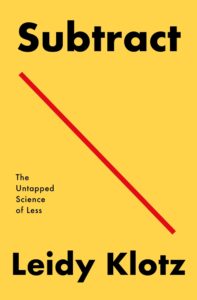Google Trivestiture?
I’ve been writing for a few years, with great admiration, about Google and its amazing, transformative search tools. Sergey Brin’s original vision “We deliver the world’s information in one click” is what allowed Google to become the NASA of the web. Case in point: Yesterday I was looking for one of my blog posts on my own machine using the Windows search tool. After three strikes I Googled “whatstheidea+things we remember” (the title of the post) and in less than a second I found my entry. No on my machine, but on the Web.
More recently, though, I’ve found myself commenting about how Google has wandered from its original mission – getting into the productivity software, social networking, chat and now the phone business. The brand planner in me asks “How does one now articulate the Google Is-Does?” The Googleplex is filled with amazing minds but many seem to be trying to out-engineer one another; me thinks they have lost a sense of mission. Steve Rubel’s post today on Google Buzz so reflects.
Culture of Technological Obesity.
Google’s amazing growth and economic success has spawned a culture of technological obesity. It’s time for a change. Here’s what will happen.
The company will go through a corporate divestiture or as was the case with AT&T, a Trivestiture. It won’t happen now…probably within 48 months. My bet for the three parts? Search (text and video), Mobile (OS, apps, and tools), and Advertising Analytics. How would you break it up? Peace!









